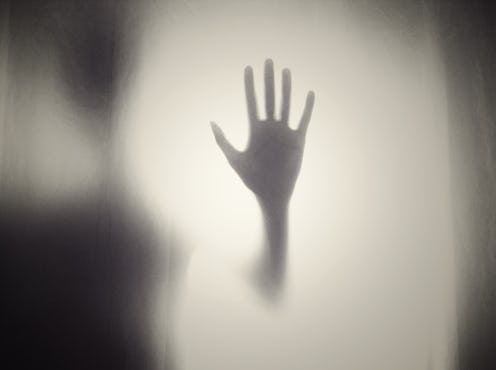Life
What Is Alien Hand Syndrome?

The commonly used expression “The left hand doesn’t know what the right is doing” seems pretty innocuous in most cases, but this idiom terrifyingly enough describes a real neurological condition. It’s the stuff of nightmares and horror movie plots — but what exactly is Alien Hand Syndrome (AHS)? Those who suffer from this neurological disorder become dissociated from the actions of their limb, their hand functioning involuntarily. This very real medical condition has inspired dozens of movies, from the 1999 campy horror Idle Hands to the Kubrick masterpiece Dr. Strangelove. However, in reality, it is very rare, and there have only been 40 to 50 recorded cases since the first diagnosis in 1909.
Alien Hand Syndrome, otherwise described as "anarchic hand," is not exactly the stuff that movies have made it out to be. While the actions of the hand are generally goal-oriented, they do not have any murderous intent. HowStuffWorks pulls from Turkington’s Encyclopedia of the Brain and Brain Disorders describing the actions of the hand as including, “involuntary reaching and grasping, touching the face or tearing at clothing. More extreme cases have involved involuntarily stuffing food in the mouth, preventing the normal hand from completing simple tasks and self-inflicted punching or choking.” It’s awful, but usually seen as a non-threatening condition. Infrequent research has relegated it to a mystery, and currently there is no known cure.
To treat the condition, the victims will give the hand something to hold and occupy it, though some have resorted to covering the hand in an oven mitt or in extreme cases, restraining it by tying it behind their back. Unlike the zombie hand mythology, the afflicted person feels disassociated from their hand, but not numbness. They can feel all the actions that the hand is performing. Claiming demonic possession and speaking directly to the hand have been observed in people suffering from AHS. This seems like a totally understandable reaction to a hand performing purposeful acts of its own free will.
To understand the cause of this syndrome, you may have to dig deep into your memory and picture the diagram of the brain from Biology class. Areas of the brain affected by this syndrome are the Frontal Lobe (which controls motor and organizational skills) and the Corpus Callosum (A bundle of nerves that send the messages from the Frontal Lobe and the two hemispheres to the rest of your body). When the Corpus Callosum is damaged, parts of the brain are disconnected and unable to communicate, and so in AHS one hand literally doesn’t know what the other is doing. Though this seems like a nightmarish scenario, AHS is thankfully not something you can easily “catch.” It is frequently a result of damage to the brain induced by aneurysms, critical infection, stroke, and brain surgery (most commonly used to treat severe cases of epilepsy).
Most notably, AHS was portrayed in the 1965 classic Dr. Strangelove. Peter Sellers won the Best Actor Oscar playing the titular role, a man who constantly tries to suppress the urge of his right hand to act on its own accord and perform the Nazi Party salute. It’s an amazing comedic performance, and earned the condition the nickname “Dr. Strangelove Syndrome.” TV shows like House and South Park have also exploited the condition, and I'm sure it will continue to inspire writers for a long time to come.
Check out this video to see Peter Seller's amazing depiction of AHS: